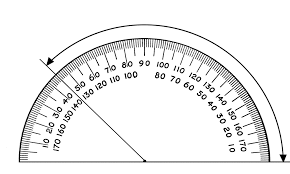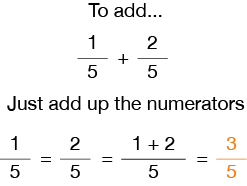In this chapter, the students will learn to multiply fractions and mixed numbers by whole numbers. We will learn to write a fraction as a product of a whole number and a unit fraction, and to find multiples of unit fractions. There are five sections in this chapter.
Important Chapter Vocabulary
1. Factor; A number that is multiplied by another number to find a product.
2. Fraction; A number that names part of a whole or part of a group.
3. Identity Property of Multiplication; The property that states the product of any number and 1 is that number.
4. Multiple; The product of two counting numbers.
5. Product; The answer to a multiplication problem.
6. Unit Fraction; A fraction that has one as the numerator.




